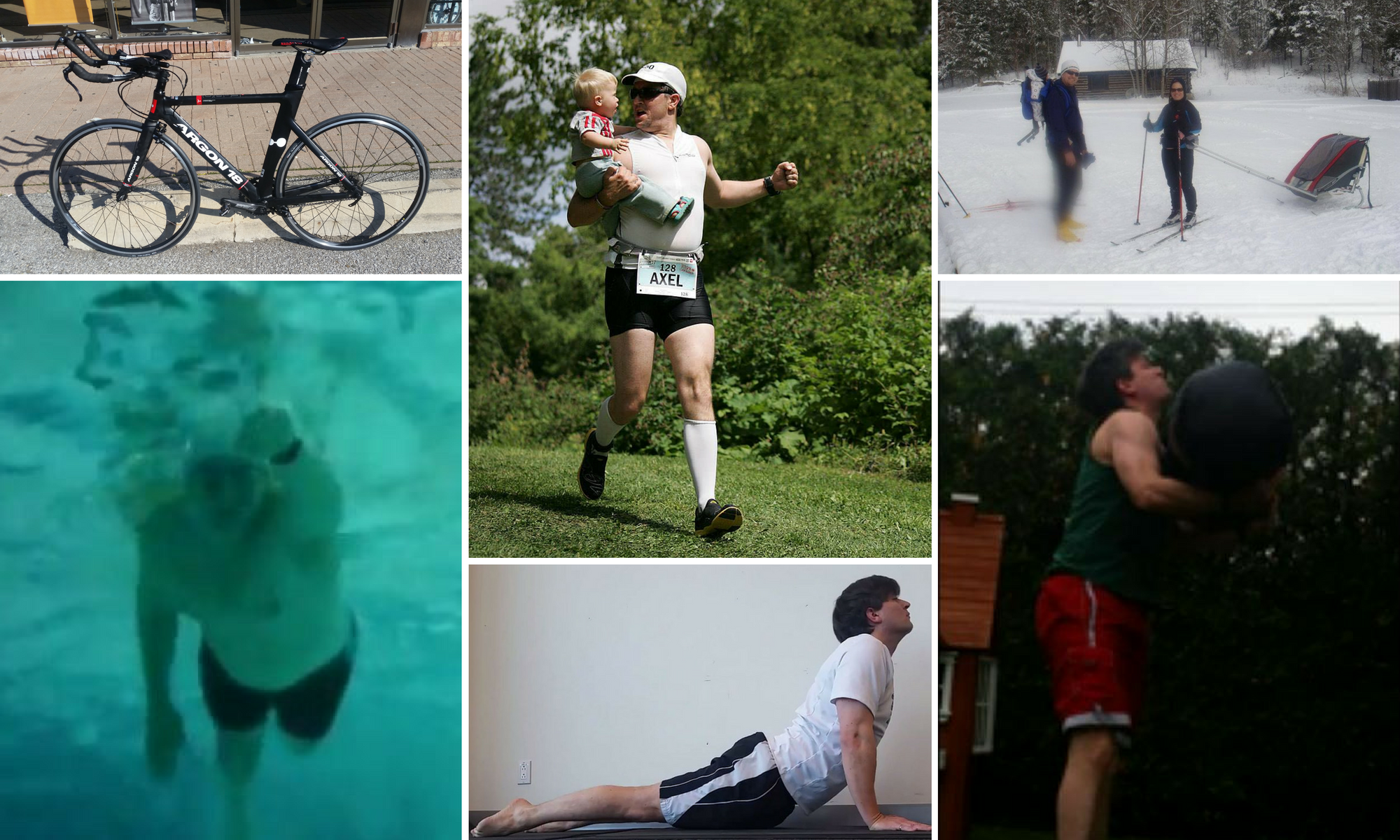I had first heard of Air Riderz from birthday parties that Shark Boy had attended. I thought the combination of trampoline park and climbing gym was interesting, especially since they had exercise classes (“AirRobix”) for adults – I thought I might try sampling one and doing a write-up here.
Instead, I found myself taking Shark Boy there. You see, this past weekend my wife took the Lightning Kid to a live Paw Patrol show on the Saturday and a birthday party on the Sunday, so I had my eldest all to myself. Between Air Riderz and another climbing gym we had visited once, he chose Air Riderz.
I bought us a 2 hour pass (time slots start at the half-hour, and we got there 10 past noon, so I guess we had a little less than that since neither of us had the patience to wait for 12:30). Unfortunately you need to be wearing official Air Riderz socks to use the facility – this wouldn’t have been so bad, as we have at least 2 kid sized pairs at home from the aforementioned birthday parties, but we didn’t bring them. So now I have a pair of my own, that I think will also come in handy for yoga in cooler environments like my basement – the soles have little grips.

Our pass included both the trampoline zones and the climbing area; you can only put on your climbing harness once, so you’ll want to get your fill all in one shot. For that reason, I encouraged Shark Boy to enjoy the trampoline zone first.
I’ll be honest, it made me feel old. Not many adults were jumping, so I checked multiple times that adults were allowed to partake in the fun too. There was also the fact that I noticed every bounce in my bones, at least till I got warmed up, so I’d recommend starting slow and not throwing yourself into it till you get more of a feel for it. I had envisioned myself pulling flips or bouncing from my back, but I just didn’t have the nerve for it.
The main area has a grid of small trampolines that are great for individual use, as well as longer strips that are more suitable for running (or flips). Some of the walls are trampoline-like so that you can throw yourself against them.
There are 3 basketball hoops (of varying non-regulation height), but we only got to try the highest one, and I couldn’t get high enough to dunk; it’s actually pretty difficult to make the shot from the highest point in my jump – even though the distance was short, being in mid-air made aiming difficult.
There is also a foam pit with segregated lanes (with trampolines of course) – you pull your best flip and are guaranteed a soft landing. I should mention that all these areas have lifeguard-like supervisors to enforce safety rules. The last area of the jump zone are the dodgeball courts. One was being used for a toddler area, but the other had games going. I had half a mind to enter myself into a game and be an avenging ‘big kid equalizer’, but I thought better of it. I did notice signs for an adult league that I hope to investigate in the future.
After a while, Shark Boy wanted to try his hand at climbing. There are several walls and one tower that is limited to climbers under 100 lbs. He did fairly well, and you could see how some walls were easier than others based on his performance, but having tried some of them myself, I can tell you it’s not as easy as it looks. I think more serious climbers will miss having access to chalk or better footwear, but it was still fun to give it a try.
I had a lot of fun climbing the towers in the photo above. You’re anchored to 2 safety lines to reduce the amount of swing when you dismount (or fall). Since I knew I wouldn’t have a lot of good images/video of myself, I decided to let Shark Boy record my climb. I think he did a fairly good job of it, for his age. Have a look – you might be able to tell when I made the mistake of looking down.
Once we got tired of climbing, we took off and returned our harnesses, we rounded out the rest of our allotted time in the jump zone. I wondered if I would be sore the next day, and if I’d be OK to complete some speed work I had planned (according to my TriDot training plan) for the late afternoon. I can tell you now that yes I was sore in my legs, but I don’t know whether the speed work (which went fine) or Air Riderz was to blame. According to a little research I did, trampoline (or rebounder) work is good for the core, as well as all lower body muscles (the upper body does get addressed somewhat to as you flail your arms for balance) – sounds great as running cross-training, especially as the impact is much lower than running, skipping rope and other high-impact activities. There are also circulatory and internal organ benefits.
Between these benefits, and my curiosity about the Airobix classes and dodgeball, it’s probably not my last visit to Air Riderz.
Have you tried rebounding or climbing? What do you think about it as cross-training?










